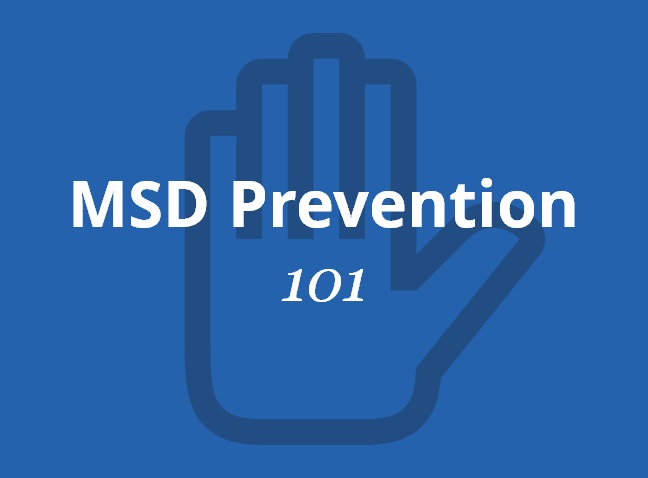Professional baseball players use their physical skills and abilities to earn a living. The same thing goes for professional athletes that play football, basketball and a wide range of other sports – they use their physical skills and abilities to earn a wage.
For these professionals, staying in peak physical condition is an utmost priority to their performance as a professional and as a competitive advantage against the competition.
After games and practices, professional athletes immediately turn their focus to preparing for the next day, the next practice, the next game.
I’m here to tell you that the employees under your care are no different than professional athletes.
They go to work every day, using their physical skills and abilities, their bodies, to earn a wage. They are workplace athletes!
It is imperative they remain in peak physical condition to perform as a professional and to be a competitive advantage for their employer.
Athletic Trainers in the Workplace

Following the analogy of the workplace athlete, it is a natural extension to bring the athletic trainer to the workplace to play the role of maintaining peak performance for all workplace athletes.
With in-depth knowledge of the capabilities and limitations of the human body, athletic trainers are in a unique position to work with companies to take care of employees’ musculoskeletal systems and overall wellness.
An athletic trainer (or what we call an “injury prevention specialist”) can be a valuable addition to your injury prevention team, helping implement a workplace injury and msd prevention program.
NATA Study – ROI of Workplace Athletic Trainers
The National Athletic Trainers’ Association (www.nata.org) conducted a national survey of industrial companies that utilize the services of an athletic trainer.
Results of the study showed:
- 100% of the companies reported the athletic trainer provides a favorable return-on-investment (ROI)
Of the above companies that tracked a specific ROI amount:
- 30% indicated the ROI was at least $7/employee per $1 invested
- 83% indicated the ROI was more than $3/employee per $1 invested
- 94% of companies indicated the severity of injuries had decreased by at least 25%
- 68% of the companies indicated that the certified athletic trainer helped to decrease restricted workdays and workers’ compensation claims for musculoskeletal disorders (MSDs) by more than 25%
- 50% of companies reported that the number of injuries decreased by at least 50%
Check out the rest of the MSD Prevention 101 series.
